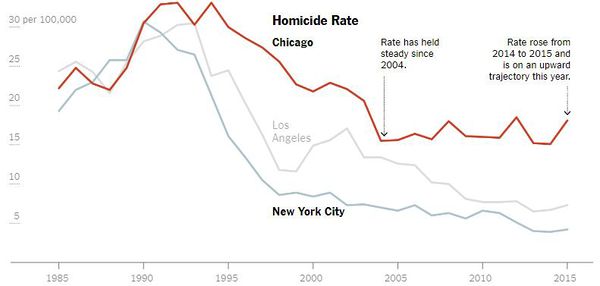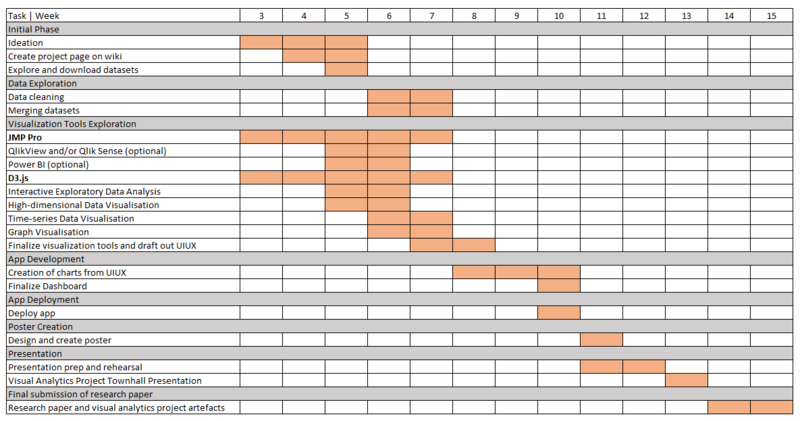Difference between revisions of "The Olympiad"
Sytian.2016 (talk | contribs) |
Sytian.2016 (talk | contribs) (Undo revision 4038 by Sytian.2016 (talk)) Tag: Undo |
||
| Line 6: | Line 6: | ||
| style="vertical-align:top;width:16%;background-color:#3b3b3b;" | <div style="padding: 3px; font-weight: bold; text-align:center; line-height: wrap_content; font-size:16px; font-family:-apple-system,BlinkMacSystemFont,'Segoe UI',Roboto,'Helvetica Neue',Arial,sans-serif"> [[The Olympiad| <b>Proposal</b>]] | | style="vertical-align:top;width:16%;background-color:#3b3b3b;" | <div style="padding: 3px; font-weight: bold; text-align:center; line-height: wrap_content; font-size:16px; font-family:-apple-system,BlinkMacSystemFont,'Segoe UI',Roboto,'Helvetica Neue',Arial,sans-serif"> [[The Olympiad| <b>Proposal</b>]] | ||
| − | | style="vertical-align:top;width:16% | + | | style="vertical-align:top;width:16%;" | <div style="padding: 3px; font-weight: bold; text-align:center; line-height: wrap_content; font-size:16px; font-family:-apple-system,BlinkMacSystemFont,'Segoe UI',Roboto,'Helvetica Neue',Arial,sans-serif"> [[The Olympiad: Poster| <b>Poster</b>]] |
| − | | style="vertical-align:top;width:16% | + | | style="vertical-align:top;width:16%;" | <div style="padding: 3px; font-weight: bold; text-align:center; line-height: wrap_content; font-size:16px; font-family:-apple-system,BlinkMacSystemFont,'Segoe UI',Roboto,'Helvetica Neue',Arial,sans-serif"> [[The Olympiad: Application | <b>Application</b>]] |
| − | | style="vertical-align:top;width:16% | + | | style="vertical-align:top;width:16%;" | <div style="padding: 3px; font-weight: bold; text-align:center; line-height: wrap_content; font-size:16px; font-family:-apple-system,BlinkMacSystemFont,'Segoe UI',Roboto,'Helvetica Neue',Arial,sans-serif"> [[The Olympiad: Research Paper | <b>Research Paper</b>]] |
| − | | style="vertical-align:top;width:16% | + | | style="vertical-align:top;width:16%;" | <div style="padding: 3px; font-weight: bold; text-align:center; line-height: wrap_content; font-size:16px; font-family:-apple-system,BlinkMacSystemFont,'Segoe UI',Roboto,'Helvetica Neue',Arial,sans-serif"> [[The Olympiad: Team | <b>Team</b>]] |
|} | |} | ||
Revision as of 01:29, 21 November 2018
The Olympic Games can be traced back to 776BC and were dedicated to the gods of Olympia. Today, the Olympic Games has become the world’s largest sports competition, with more than 200 nations participating every four years. The Olympic Games provide an international platform for sportsmen from all walks of life and origins to display their skills and be rewarded for their persistence and dedication to the sport. All athletes participating in the Olympics stand a chance to attain national and possibly, international fame.
The Olympic Games prides itself on the culture of excellence, competition and fairness. However, during its history, the formation of Olympic Dynasties have become a common occurrence – whereby certain sport events are consistently dominated by a particular country or continent. Nevertheless, many are still unaware of the severity of this issue. The current state of the Summer Olympics largely represents a monopoly, with Olympic Dynasties in total control. All of which leads to a fundamental question – is it still a competition if the Summer Olympics are mostly a one-team race?
Meanwhile, every four years, different countries are given the opportunity to host this quadrennial event. In the sporting world, the phenomenon of Home Ground Advantage exists due to various reasons, eg. influence of home crowd or familiarity of playing environment. However, in the Summer Olympics, it is a tradition for host countries to be granted automatic qualification. Once again, this contradicts the fundamental values of the Olympic Games – is it fair for the host country to be given this privilege?
On the surface, the Olympic Games exudes the spirit of competition and equality. However, the issue of Olympic Dynasties and Home Ground Advantage is very much prevalent in this prestigious event. Yet, many are still unaware about the severity of these issues. As such, the goal of this project is to provide drilled-down visual analyses that educate the public about the following:
- Severity of Dominance of Continents in various sports
- Severity of Dominance of Countries in various sports
- Severity of Bias for the Host Country
Overall, this project seeks to assist the public to understand the Summer Olympics as it truly is – inclusive of all possible dominance and bias.
| Athletes and Results | |||||||||||||||||||||||||||||||||||||||||||||
|---|---|---|---|---|---|---|---|---|---|---|---|---|---|---|---|---|---|---|---|---|---|---|---|---|---|---|---|---|---|---|---|---|---|---|---|---|---|---|---|---|---|---|---|---|---|
| Medal results, and basic biological data of participants of the Athens 1896 to Rio 2016 Games. | Source | |||||||||||||||||||||||||||||||||||||||||||||
|
| NOC Code and Country | ||||||||||||
|---|---|---|---|---|---|---|---|---|---|---|---|---|
| National Olympic Committee 3 letter code for each country | Source | ||||||||||||
|
| World Countries and Continents Details | |||||||||
|---|---|---|---|---|---|---|---|---|---|
| World countries with their corresponding continents , official english names, official french names, Dial,ITU,Languages and so on. | Source | |||||||||
|
| Host Countries for Past Olympic Seasons | ||||||||||||
|---|---|---|---|---|---|---|---|---|---|---|---|---|
| Olympic seasons along with data on the world countries which hosted it, the year and the city it was held in | Source | ||||||||||||
|
| Winter Olympics 2018: Which Country Leads in the Medal Count? |
|---|
| Description |
| The best country in the Olympics is a subjective statement, and often depends on how one counts the worth of a medal. A gold medal could be worth 200 silver medals or could be equal in terms of value. In this visualisation by Josh Katz, the countries are ranked by ingenious use of interactivity – as the reader hovers over the charts, the worth of the medals change, and the rankings of the countries are dynamically updated. |
| Learning Points |
| During our search of Olympic Dynasties, it is important to realise that the rankings of countries are subjective, and therefore, the definition of dominance is subjective. Using advanced methods of interaction, we can cater to various definitions of dominance by varying the inclusion or exclusion of silver and bronze medals. |
| Source |
| https://www.nytimes.com/interactive/2018/02/14/upshot/which-country-leads-in-the-olympic-medal-count.html |
| Chicago’s Murder Problem |
|---|
| Description |
| This time-series shows the severity of Chicago's murder issues, and compares it with two other states, New York City and Los Angeles. |
| Learning Points |
|
| Source |
| https://www.nytimes.com/interactive/2016/05/18/us/chicago-murder-problem.html |
| Olympic Feathers |
|---|
| Description |
| More than 5000 Olympic events have had a winner in the Summer Olympics since the first games of 1896. In Olympic Feathers you can investigate how each of these medals has been won in the 56 different sporting disciplines that have competed at the games, of which 41 are still held at Rio 2016. |
| Learning Points |
|
| Source |
| https://www.visualcinnamon.com/portfolio/olympic-feathers |
| Russia's surprise meteor and Earth's craters |
|---|
| Description |
| This map uses proportional symbols to represent the largest known craters to have marked our Earth. The legend shows two sizes that are representative of symbol sizes on the map. The largest crater is 99.4 miles in diameter (in South Africa) and, appropriately, the largest symbol size used in the legend represents a crater with a 99-mile diameter. The smaller symbol in the legend represents a 20-mile diameter, and although there are craters with smaller diameters on the map, it is easier to visually see the differences with smaller symbol sizes. The earth is marked with about 180 named craters that are scars from previous run-ins with asteroids like the one that exploded over Russia recently. This map was designed to be interactive, as the map user can hover over the symbols and see the particular size, place and age of the craters. |
| Learning Points |
|
| Source |
| http://www.washingtonpost.com/wp-srv/special/world/russia-meteor/index.html |
| Predicting the Next Bear Market in Six Charts |
|---|
| Description |
| This is an e-article by The Wall Street Journal that incorporates journalism and news-reporting with visualisations, providing the reader a data-driven view, while providing a standard text-based reporting style. |
| Learning Points |
|
| Source |
| https://www.wsj.com/graphics/bear-market-signs/?ns=prod/accounts-wsj
Note: Wall Street Journal account is required |






